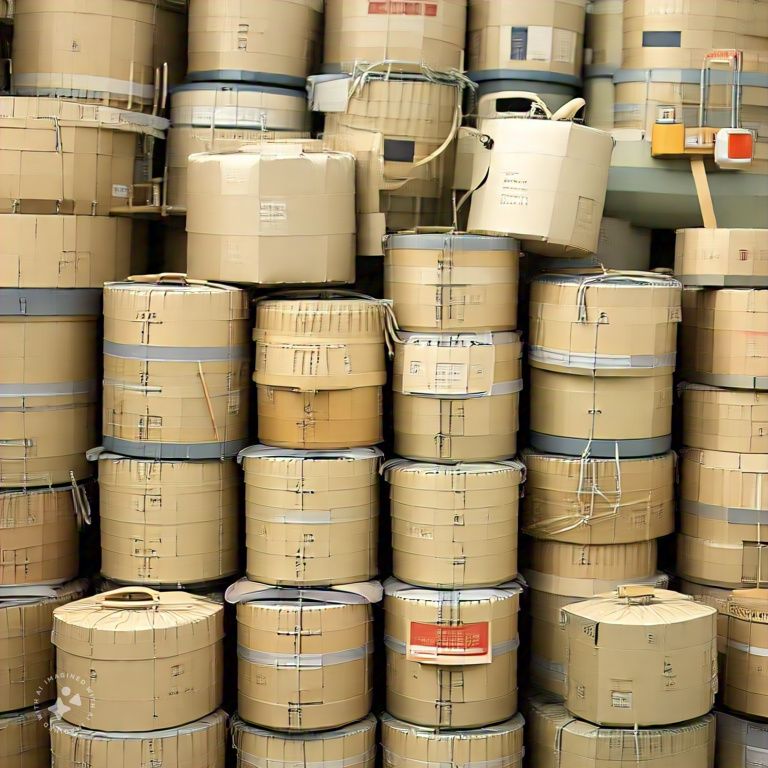Fireworks are one of the most captivating spectacles of any celebration, from Diwali to New Year’s Eve. Their vibrant colors light up the night sky, leaving spectators in awe. But have you ever wondered how fireworks produce such brilliant colors? The answer lies in chemistry and the careful selection of specific elements and compounds.
Here’s a deep dive into the science behind fireworks and how their mesmerizing colors are created.
—
1. The Role of Metal Salts and Compounds
The vivid colors in fireworks come from metal salts and chemical compounds that emit light when heated.
When a firework explodes, the heat energy excites the electrons in these compounds.
As the electrons return to their normal state, they release energy in the form of light.
The wavelength of this light determines the color we see.
Here are some common elements and the colors they produce:
| Element/Compound | Color |
|—————————-|——————-|
| Strontium salts | Red |
| Calcium salts | Orange |
| Sodium compounds | Yellow |
| Barium compounds | Green |
| Copper compounds | Blue |
| Potassium or Lithium salts | Purple/Violet |
| Aluminum, Titanium, Magnesium | White/Silver |
—
2. Creating Vibrant Colors
Producing bright, vibrant colors requires precision in selecting and mixing compounds.
Purity of Chemicals: Impurities can dull the colors. For instance, pure barium chloride produces a brilliant green, while impurities can shift the shade.
Temperature Control: Each element has an optimal temperature range for emitting its color. Too high or too low, and the desired hue may not appear.
—
3. The Chemistry of Pyrotechnics
Fireworks are designed as a combination of different layers, each with a specific function:
Fuel: Provides energy for the explosion. Common fuels include charcoal and sulfur.
Oxidizer: Supplies oxygen to sustain the reaction. Examples include potassium nitrate or perchlorate.
Colorant: Contains the metal salts that emit colors.
Binder: Holds all components together and ensures the firework maintains its shape.
When ignited, the fuel burns, releasing heat that excites the colorant’s electrons, resulting in colorful light emissions.
—
4. Creating Multi-Colored Fireworks
Multi-colored fireworks are created by layering different chemical compositions in a single shell.
Time Delays: Each layer ignites at a different time, producing successive bursts of colors.
Star Pellets: Small pellets called “stars” contain the colorants. These stars are arranged strategically to produce specific patterns and colors when the firework explodes.
—
5. Challenges in Firework Color Production
Producing fireworks is a complex process, and achieving the perfect color is not always easy.
Blue Is the Most Difficult: Copper compounds require precise temperatures to emit blue light. Too much heat, and the blue appears washed out.
Environmental Concerns: Traditional fireworks can release pollutants. Modern manufacturers are developing eco-friendly alternatives like “green crackers,” which reduce emissions.
—
6. The Future of Firework Colors
With advancements in chemistry, manufacturers are exploring new ways to create more vibrant, sustainable, and unique fireworks.
Nanotechnology: Researchers are experimenting with nanoparticles to produce brighter and more stable colors.
Eco-Friendly Compounds: Safer alternatives to traditional chemicals are being developed to reduce environmental impact.
—
Conclusion
The dazzling colors of fireworks are a perfect blend of science and art. By understanding the role of metal salts, chemical reactions, and precise engineering, we can appreciate the immense effort behind every burst of light in the sky.
So, the next time you watch a fireworks display, take a moment to marvel at the chemistry that brings these celebrations to life!

